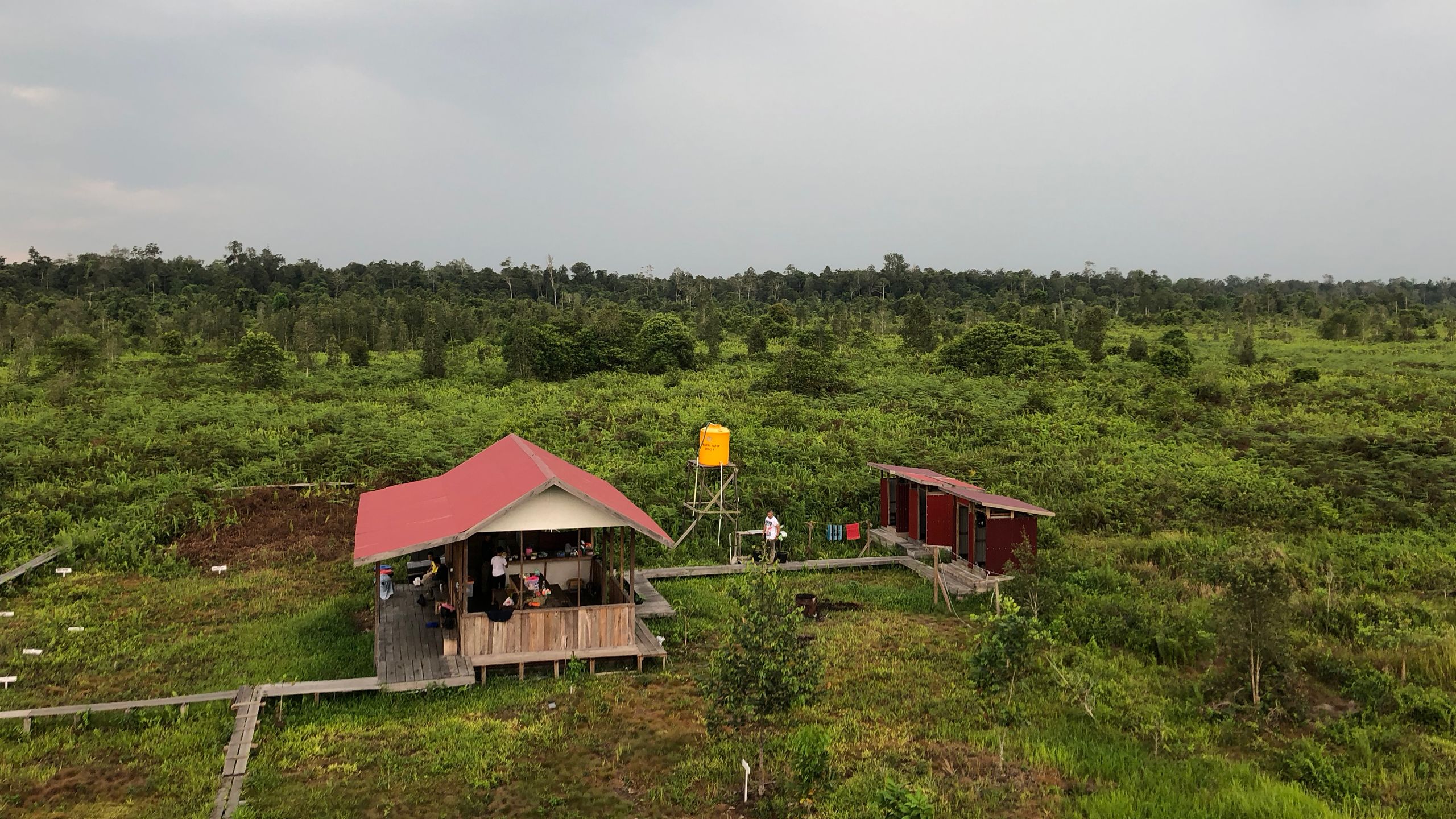A long bet on the future of Indonesia’s forests
A highly lauded, market-based forest conservation project in the peatlands of southern Borneo is doing everything right — except making money.
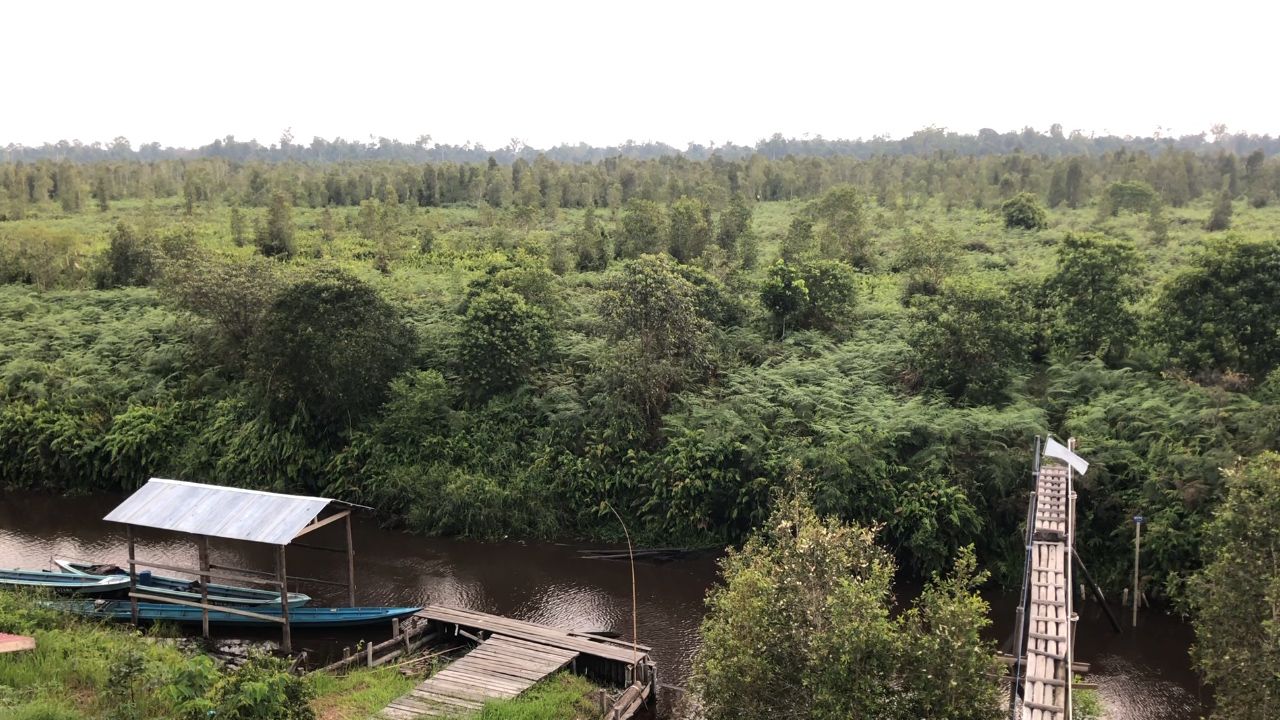
KALIMANTAN, Indonesia — The Mentaya river flows south from the Indonesian timber port of Sampit, thick with mud and debris. Barges blanketed in timber drag their weight up and down the river, while skinny, wooden boats with pull start engines dodge between them. A quieter stretch of waterfront features Sampit’s biggest tourist attraction, the Jelawat, a giant statue of a carp, raised on a pedestal above an elevated promenade.
Sampit, Indonesia's biggest timber port.
Sampit, Indonesia's biggest timber port.
The other side of the river is home to a massive investment in peat forest conservation — one that is either a pioneer in landscape restoration, a cautionary tale about the pitfalls of trying to anticipate climate change policy, or a mix of both. Since 2008, the Katingan Mentaya Peatland Restoration and Conservation Project has been constructing a model of ecosystem protection and restoration that combines community development, forest conservation, and carbon trading.
While some experts consider the project a gold standard example of what reduced emissions from decreased deforestation and forest degradation — or REDD+ — projects could look like, the global market for Katingan’s ecosystem services has yet to materialize. Katingan’s investors have been left holding the bill, but they still believe they are at the forefront of a carbon credit revolution — one that is just waiting for global climate action to catch up.
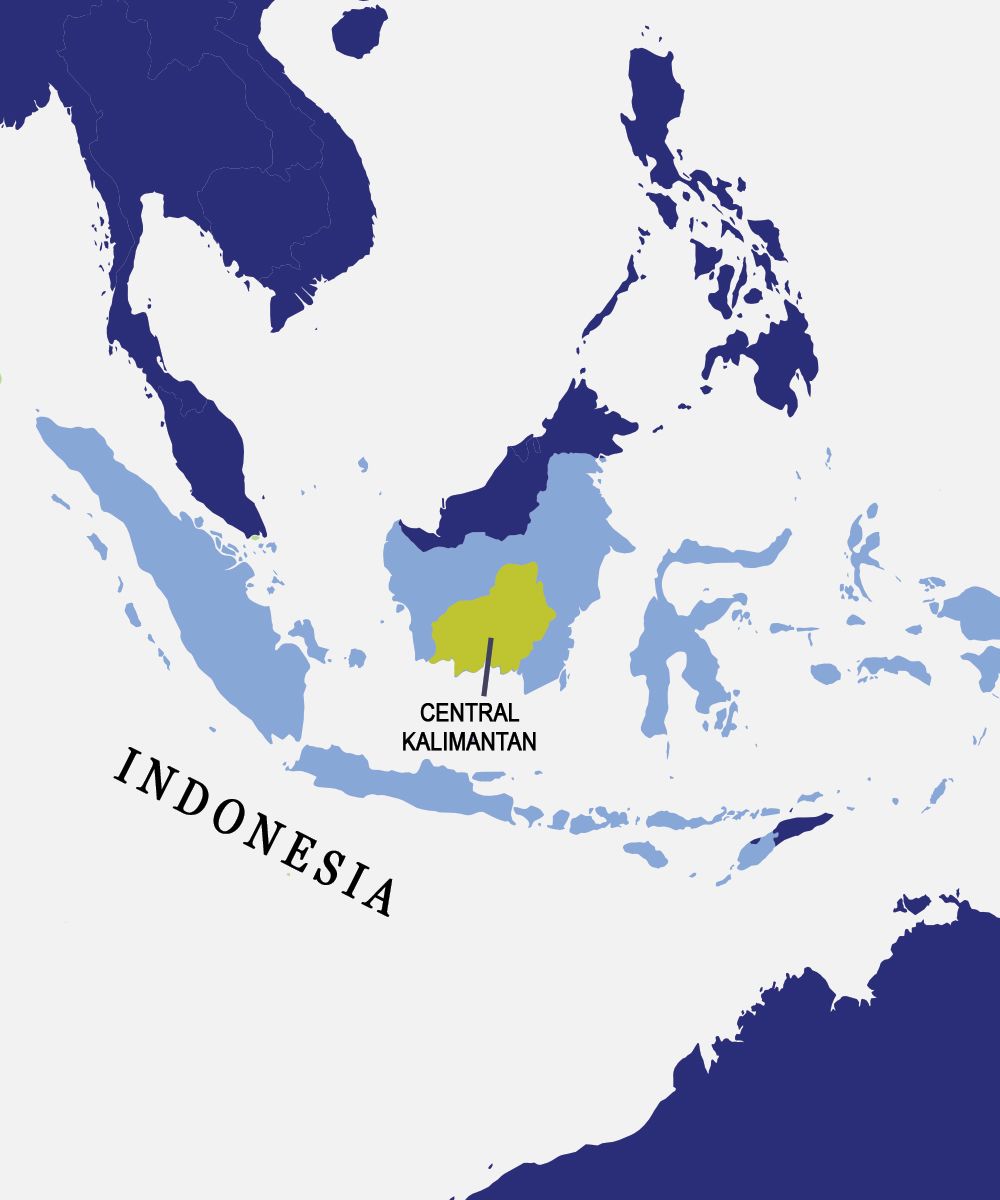
A long beginning
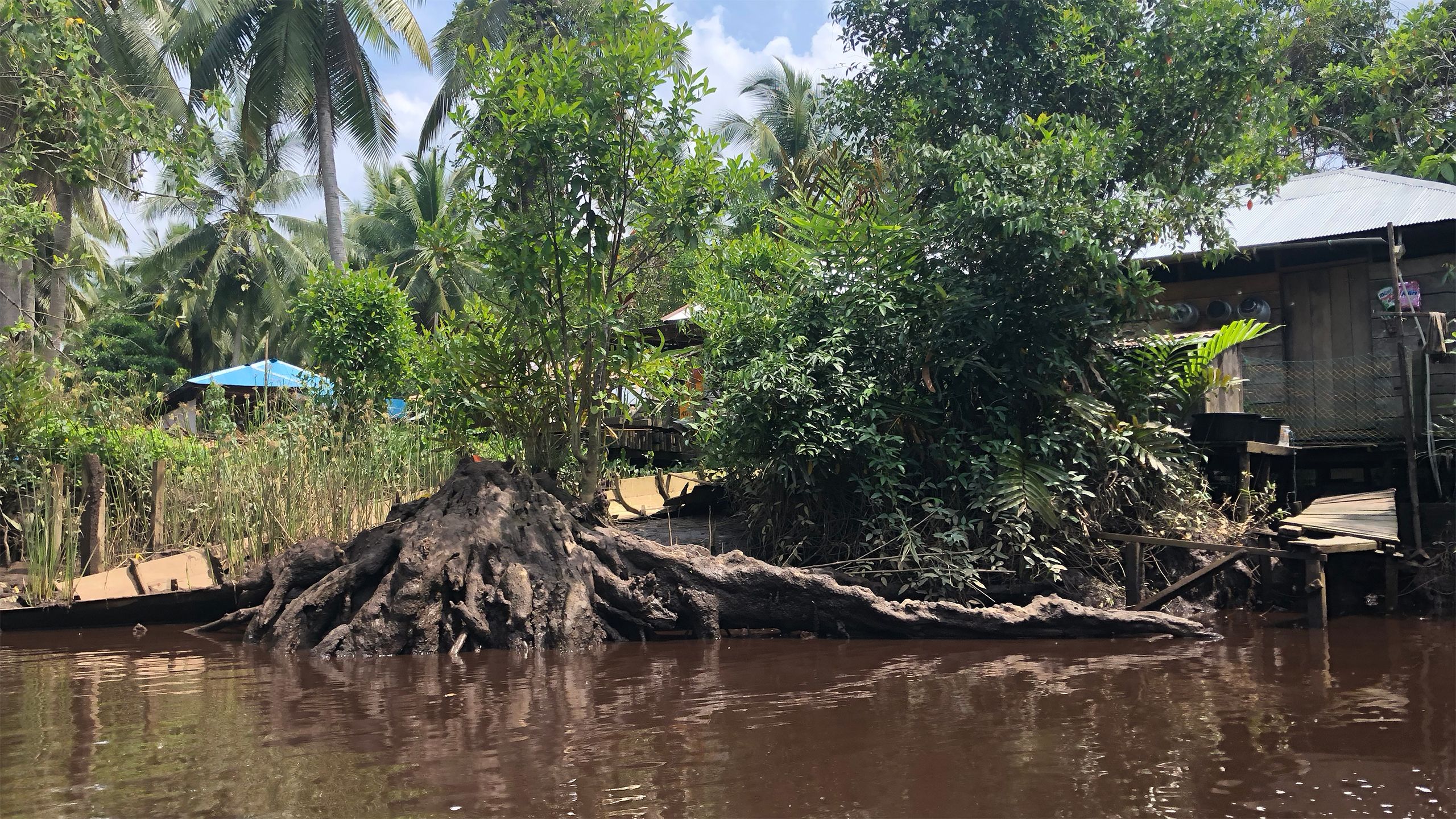
Dharsono Hartono, president of PT Rimba Makmur Utama, the company that runs the project, began his quest to turn one of Indonesia’s largest carbon sinks into a sustainable business more than a decade ago. Asked if he is discouraged by the fact that his highly lauded project still has not turned a profit, Hartono points to other entrepreneurs whose ideas outpaced the market around them.
“Amazon was not profitable 20 years ago, but people knew how to value them,” he said. “This is the reality — unfortunately I’m not profitable, but people don’t know how to value me.”
Before he set his sights on pioneering carbon credits in Indonesia, Hartono was set to follow a more conventional path through the world of global finance. Originally from Jakarta, he earned a master's degree from Cornell University and worked in real estate banking for PwC and J.P. Morgan Chase. At Cornell, he became friends with another Indonesian, Rezal Kusumaatmadja, whose father happened to be the country’s former environment minister.
“I had never been to the forest,” Hartono said.
In 2007, they ran into each other again, this time in Indonesia. Hartono was attending a palm oil conference at the invitation of another Cornell buddy, who owned a large palm oil company and thought Hartono should get into the market.
Kusumaatmadja had gone a different direction, starting a sustainability consulting firm. Hartono wasn’t familiar with the term “triple-bottom line,” and when Kusumaatmadja explained that it referred to businesses that combine profitability with environmental and social benefits, Hartono’s reaction was, “There’s no such thing. Companies are born to exploit. Companies are born to make money.”
Kusumaatmadja convinced Hartono to listen to a presentation about carbon credits. They began looking at maps of all the peatlands in Indonesia and eliminating areas that posed risks of conflict, were held by existing licenses, or were surrounded by palm oil plantations. Hartono’s original plan to invest in 5,000-6,000 hectares for palm oil production transformed into a plan to secure nearly 200,000 hectares for peat forest conservation — one of the largest intact peatland forests still available in Indonesia.
“We were the first mover understanding the asset, and we were lucky to find this,” he said.
Into the peat forest
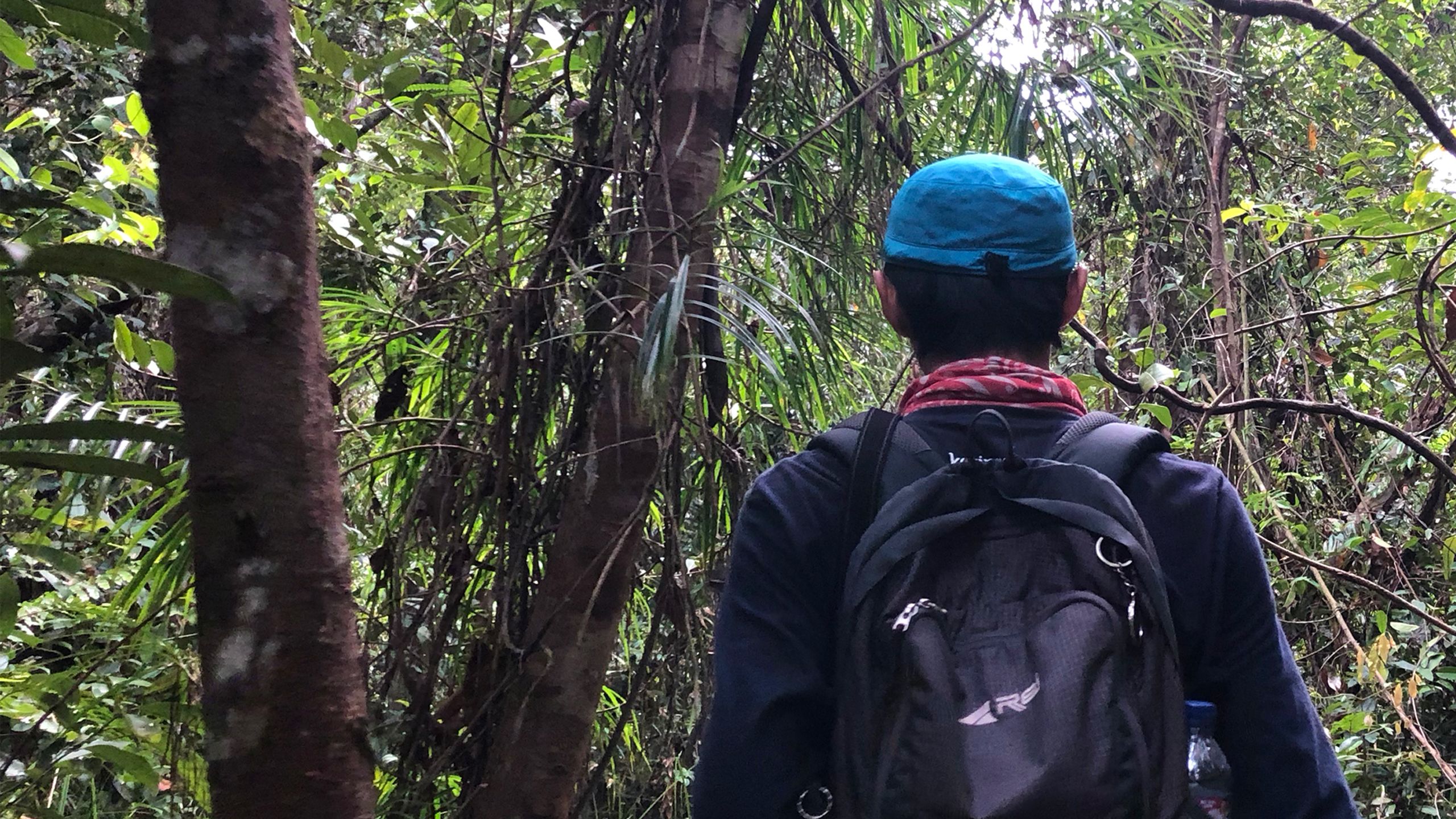
At the project’s central post, Ahmad Anwar, who leads Katingan’s biodiversity data, and Sandy Leo, head of monitoring and area protection, huddle over a laptop filled with videos captured from the remote cameras they have positioned throughout the forest. A species of clouded leopard, eyes glowing like headlights, suddenly fills the frame before disappearing back into the darkness. In the next video, a rare flatheaded cat hunches over the water source where they’ve set the camera. The forest area is home to between 5%-10% of the global population of Bornean orangutans, proboscis monkeys, and Southern Bornean gibbons, according to the Katingan project’s estimates.
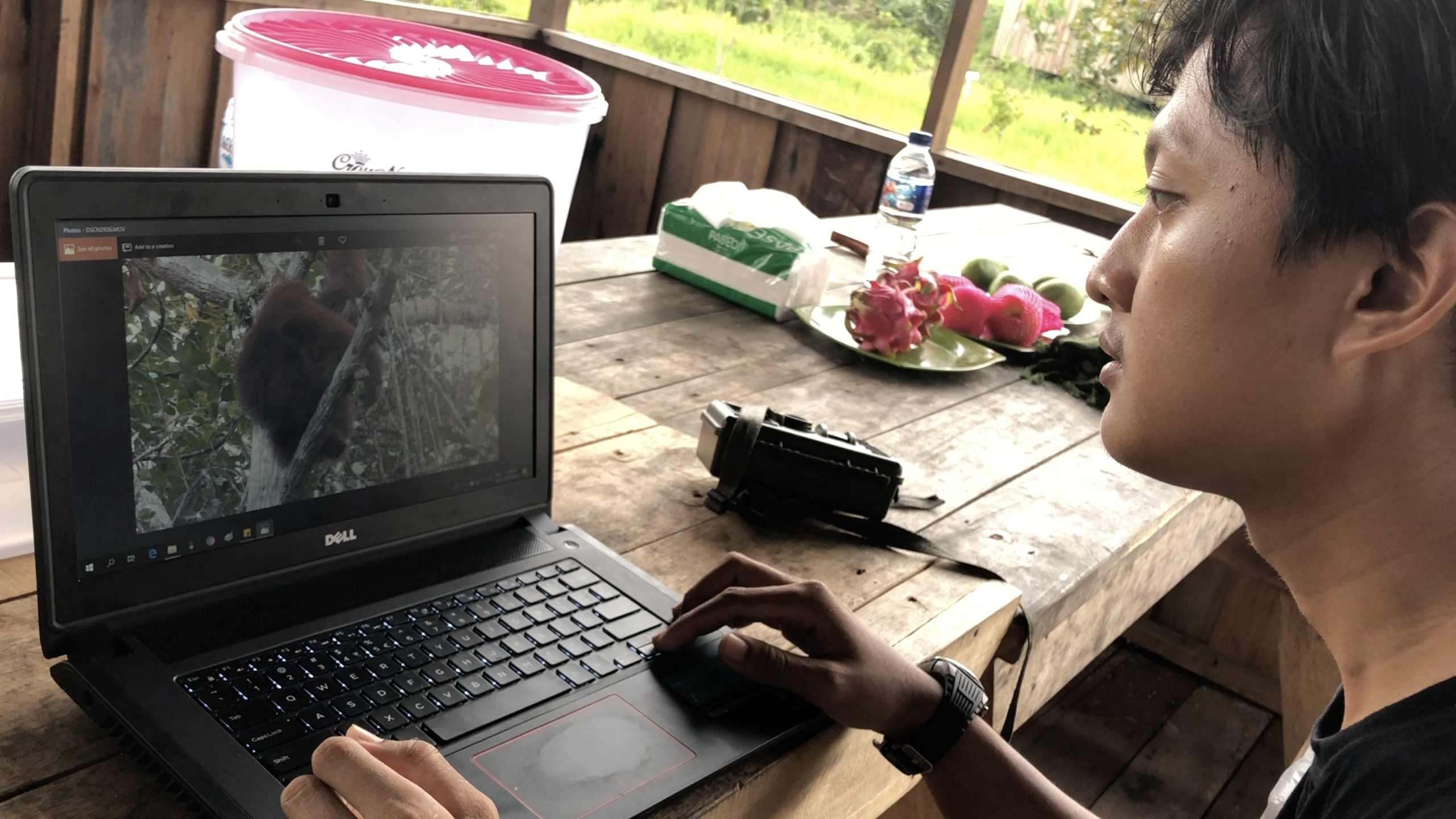
Ahmad Anwar leads Katingan’s biodiversity data.
Ahmad Anwar leads Katingan’s biodiversity data.
In addition to providing habitat for a wide range of threatened and endangered species, peat swamps contain an order of magnitude more soil carbon than other tropical forests. The Katingan project’s model is fairly straightforward — it aims to preserve the peatlands ecosystem and be compensated for it. Payments could come from a global carbon trading system — which does not yet exist — or through voluntary payments from companies and individuals who want to offset their carbon emissions.
In the absence of a regulated carbon market, those voluntary payments have been PT Rimba Makmur Utama’s sole source of revenue so far — and it hasn’t come close to covering its costs. The project has lost about $20 million so far, according to a report in the Wall Street Journal.
Those financial woes are not the result of poor implementation. In fact, the Katingan project is one of a handful of projects that have taken the standards and intentions of REDD+ truly to heart, said Frances Seymour, senior fellow at the World Resources Institute. Global enthusiasm for REDD+ began to ramp up after the 13th international climate conference in Bali, Indonesia, in 2007, when the Bali Action Plan created a framework for including REDD+ in global climate mitigation policy.
A big challenge for REDD+ projects on peatlands is measurement.
A big challenge for REDD+ projects on peatlands is measurement.
While that ignited a “flourishing of project level activity” related to REDD+, many of those projects were little more than rebranded conservation projects, varying widely in nature and quality, Seymour explained.
“The Katingan project was one that was very intentionally designed with the emerging REDD+ standards and criteria in mind,” she said.
A big challenge for REDD+ projects on peatlands is measurement. Not only does the team have to estimate the carbon emissions avoided by not cutting down the forest and preserving the surface vegetation, but also the emissions avoided from not draining and exposing the subsoil organic matter to decay or burning, which is what happens when a peat swamp is converted into a palm oil plantation. In some parts of the Katingan project area, those measurements must extend 13 meters below the surface.
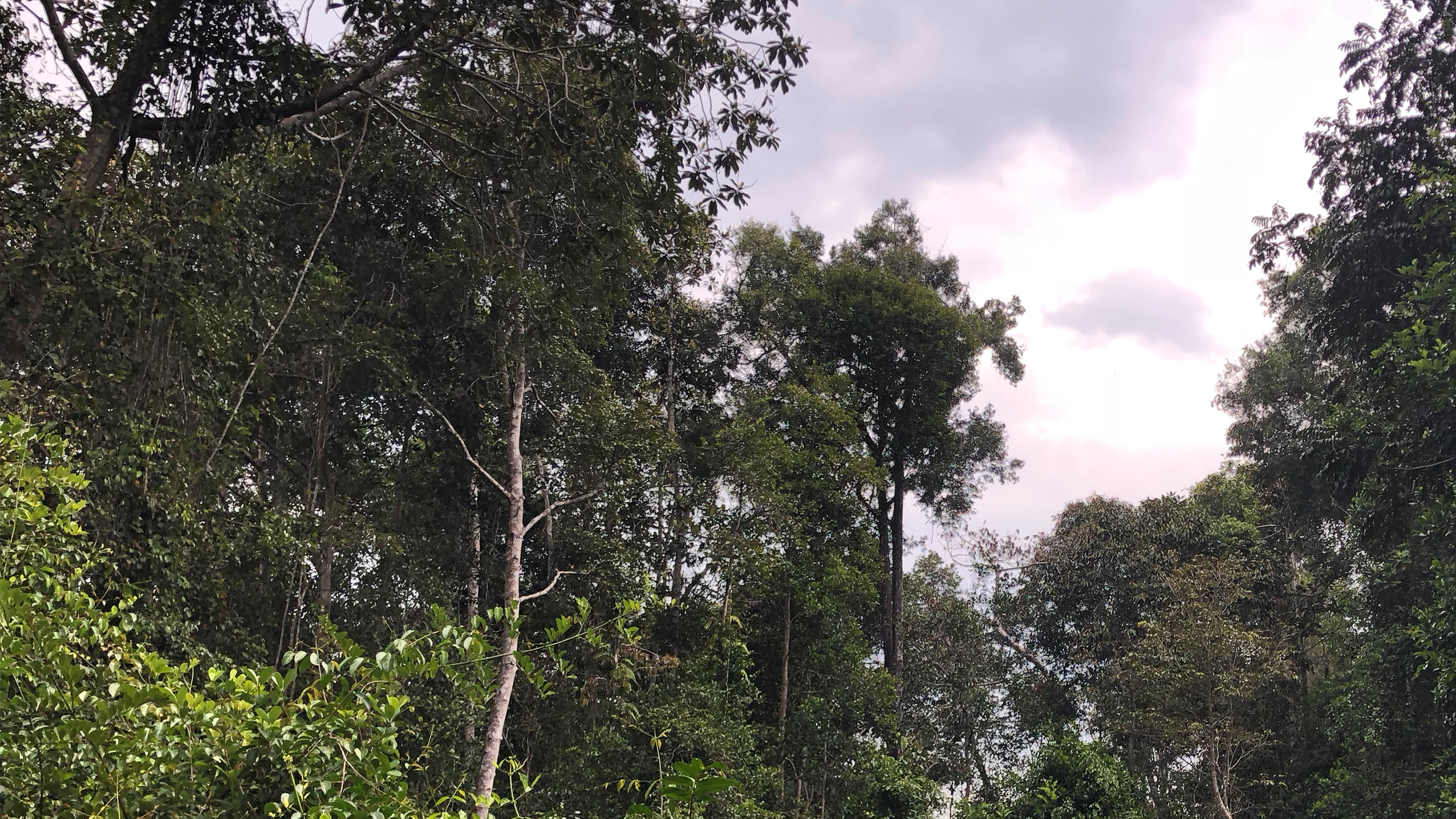
Where there is smoke
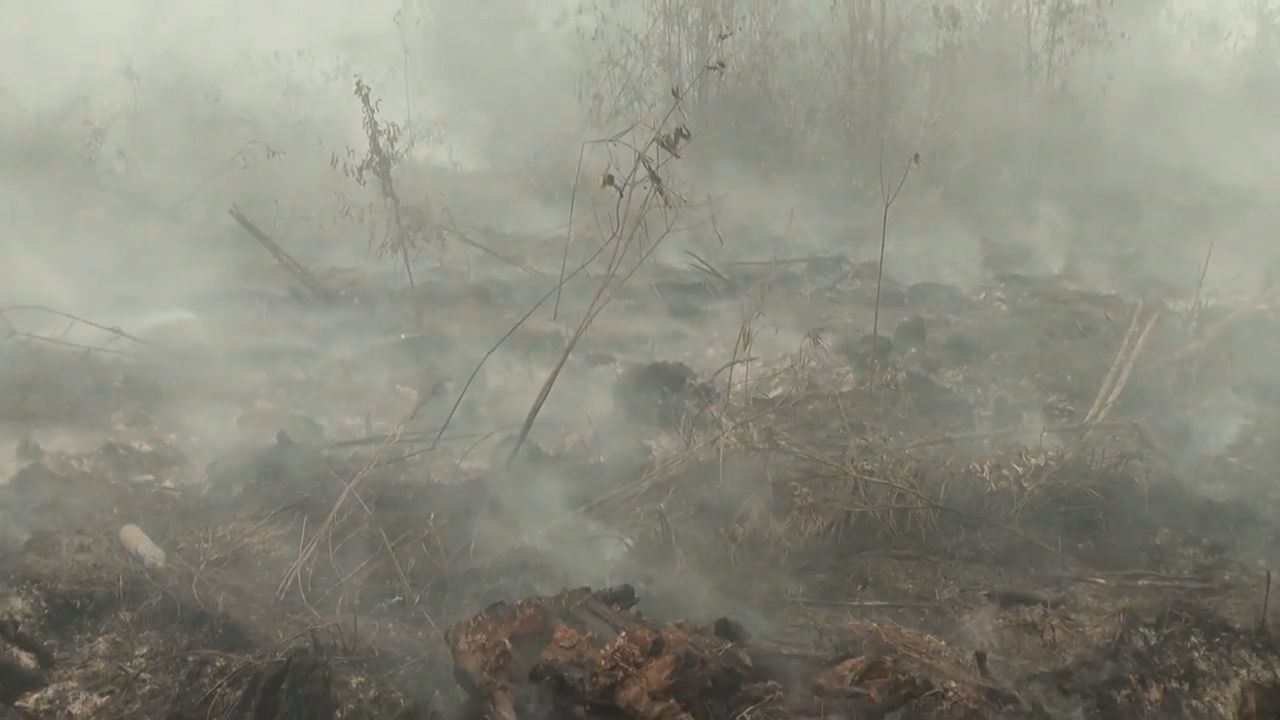
The downside to that high carbon content in the soil is that when peat swamps are drained for logging or cultivation, they become much more combustible than mineral-based soils. In the dry season, fire is a constant threat to the peat forest. Intentional burning is illegal, but enforcement is low. In a landscape where large tracts of forest have been drained and degraded, small fires can spread quickly.
The Katingan project has created a fire patrol program. A team of firefighters spends days at a time camped out in the forest, drilling wells and cutting fire breaks to protect the concession area.
The Katingan project has created a fire patrol team.
The Katingan project has created a fire patrol team.
In 2015, more than 127,000 fires broke out across Indonesia, and satellite images taken at the time give the impression of an entire country up in flames. Zooming in closer to the peatlands of Central Kalimantan, a clear patch that conforms almost perfectly to the shape of the Katingan concession area emerges, with pulsing red and yellow flares lapping at its edges, but never penetrating into the forest zone.
“You literally can see from space how effective they have been in controlling fire, which is the main threat to the carbon that the peatland area and forest over it are restoring,” Seymour said.
Stakeholders and shareholders
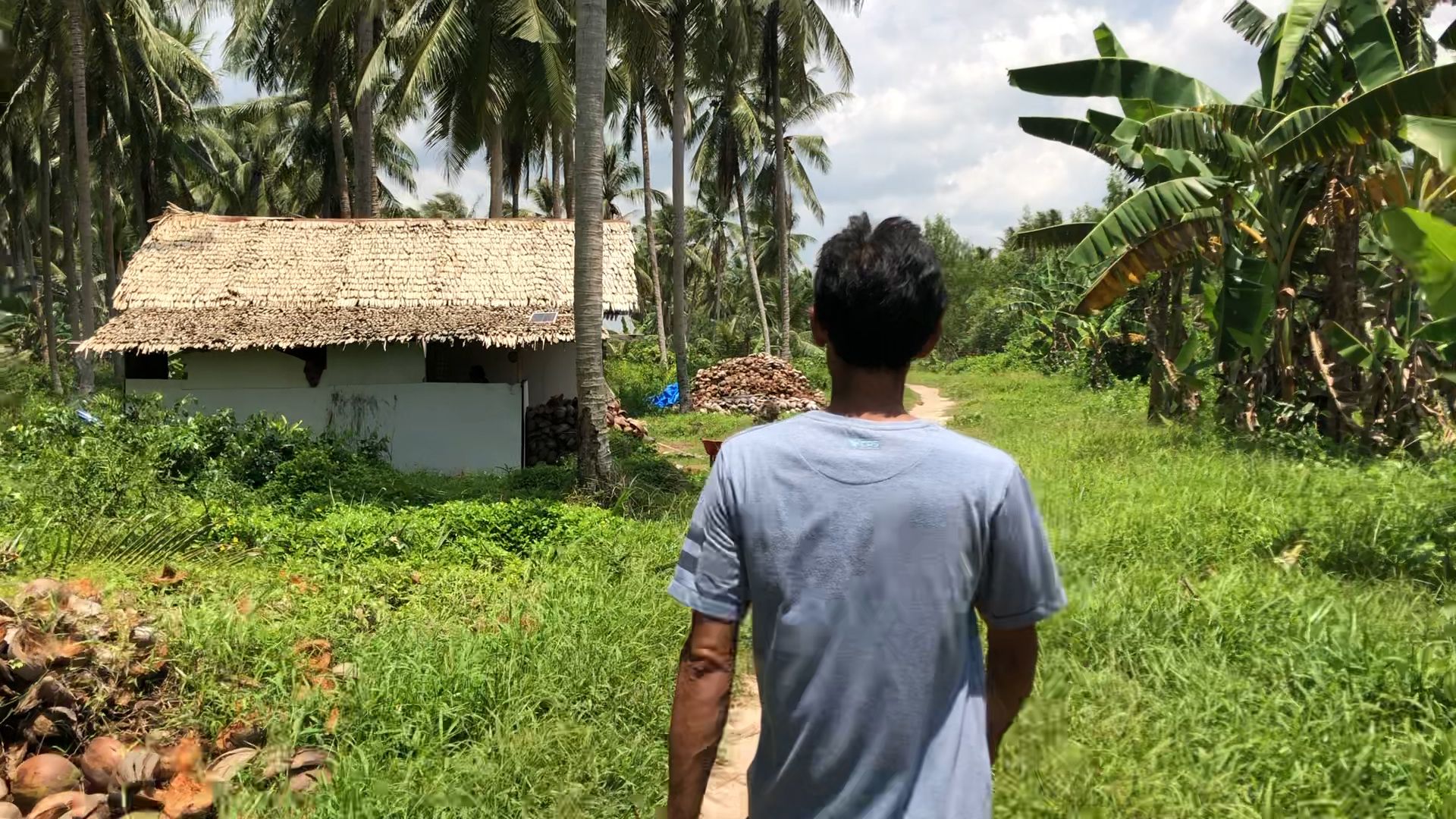
Yaiman, who goes by his first name, is a farmer in Mendawai. He sells produce to PT Rimba Makmur Utama, or RMU, once a week, and can get a better price for his products from the project than at the local market. The arrangement comes with two conditions. He cannot burn his land to clear it and he has to use organic fertilizer. Yaiman has worked with RMU’s zero-burning agriculture program to learn alternative methods for clearing and cultivation.

Yaiman, a farmer in Mendawai.
Yaiman, a farmer in Mendawai.
He says his organic methods are not exactly catching on among his neighbors, many of whom have given up farming anyway to work in the palm oil plantations, but he plans to continue with them, even though his farm is not returning much profit. He says he is grateful for the partnership with RMU, and his children work with the project too — so he would be reluctant to contradict the project’s goals.
While Hartono does not pretend to believe that everyone in the area is well-versed in the details of carbon credit trading, he does believe that creating real livelihood opportunities — alternatives to palm oil and logging — is a core component of the project’s business model.
“You’re telling people they have to conserve, but if they can’t make money, there’s no conservation,” Hartono said.
Creating real livelihood opportunities is a core component of the project’s business model.
Creating real livelihood opportunities is a core component of the project’s business model.
The hazards of not involving communities in conservation are well-documented — though cautionary tales continue to surface. Last month, Buzzfeed published an investigation of the World Wide Fund for Nature’s support for conservation enforcement practices that pit paramilitary park police against local communities in sometimes brutal, even deadly crackdowns.
“One of the most controversial issues of REDD+ over the years has been the degree to which implementation of any forest protection intervention would threaten the rights and interests of indigenous peoples,” Seymour said.
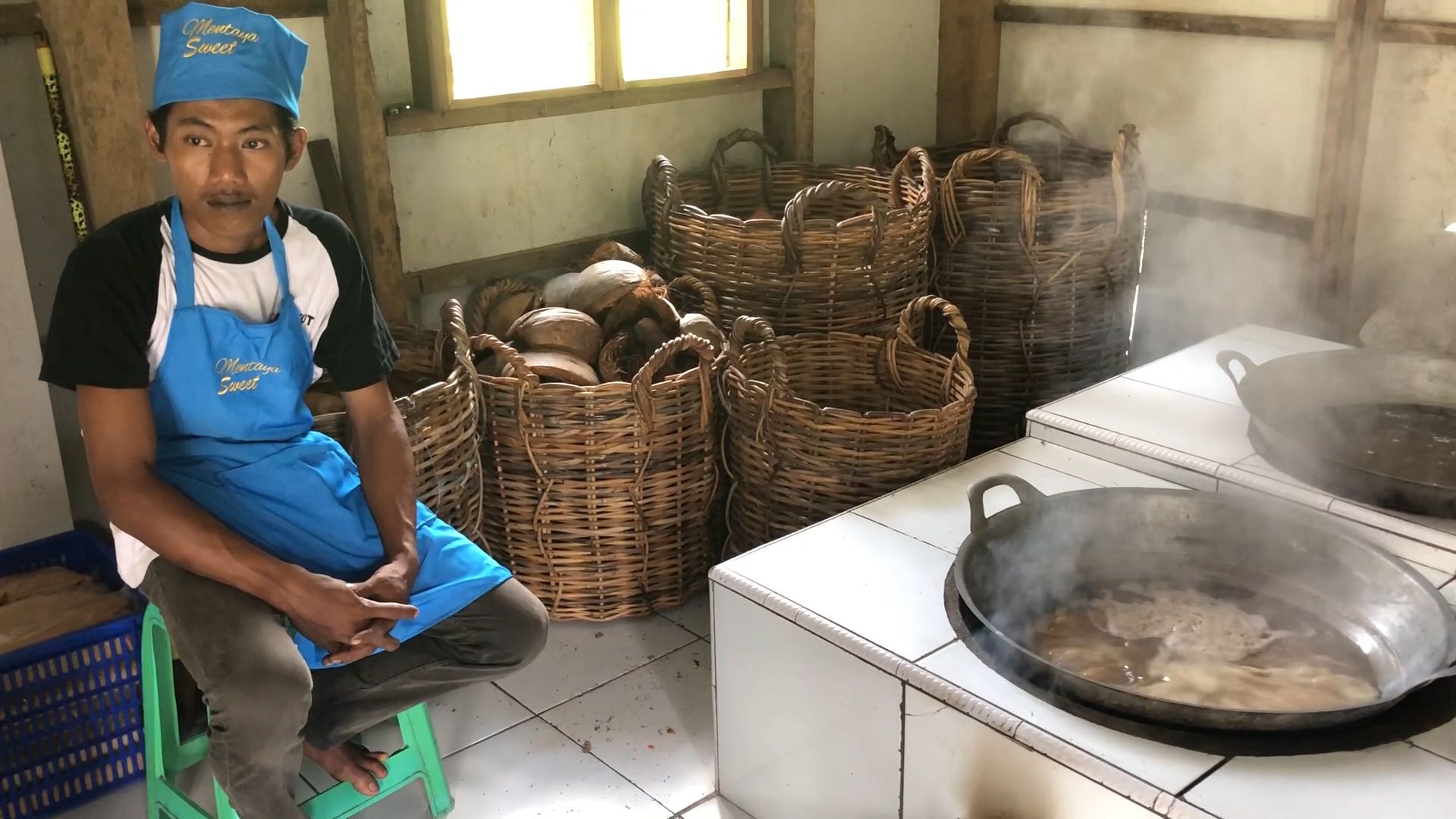
One alternative occupation is to produce coconut palm sugar from coconut trees.
One alternative occupation is to produce coconut palm sugar from coconut trees.
“The fear is that just like when anything else valuable has been found in the forest — whether it's gold, or timber, or something else — the history has been, you push the local people aside and appropriate that wealth for the benefit of urban elites or the international community,” she said.
In order to access the voluntary market for higher quality offset credits, the Katingan project — and others like it — must be independently audited for compliance with REDD+ standards, including social safeguards. When implemented well, these projects have the potential to reinforce community rights, Seymour said, adding that this is often in contrast to the lack of community protections that accompany deforestation for large-scale commercial agriculture.


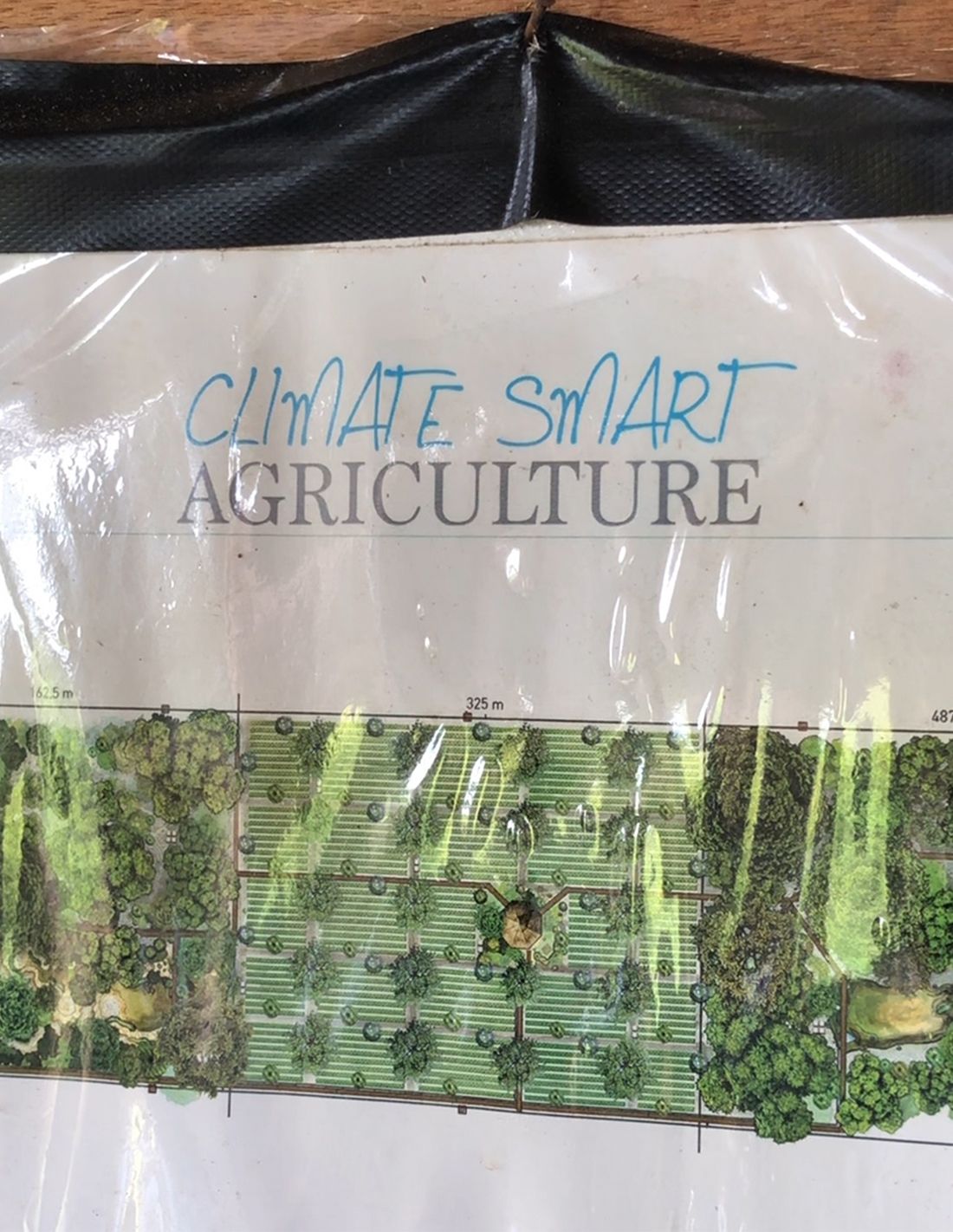
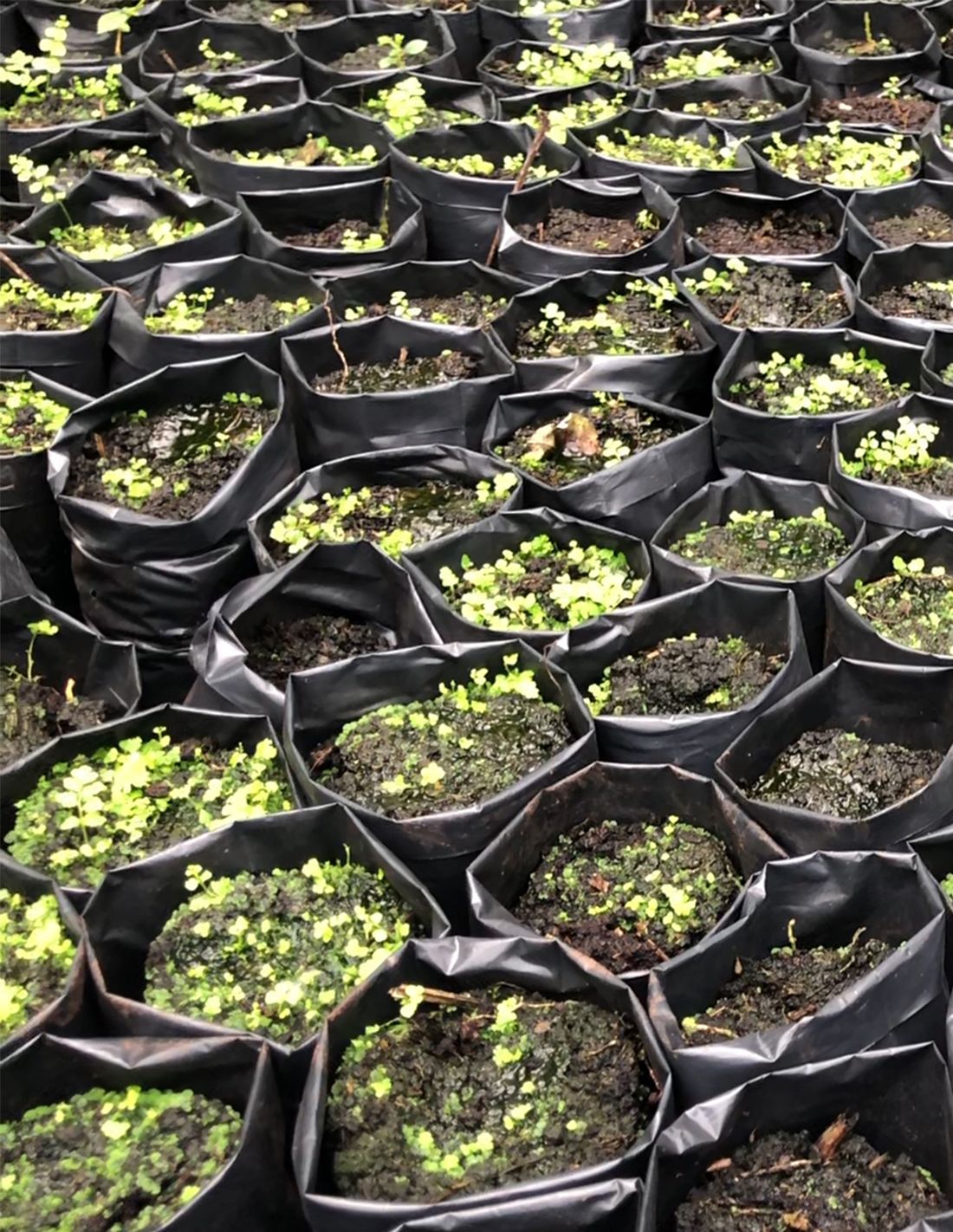
From projects to systems
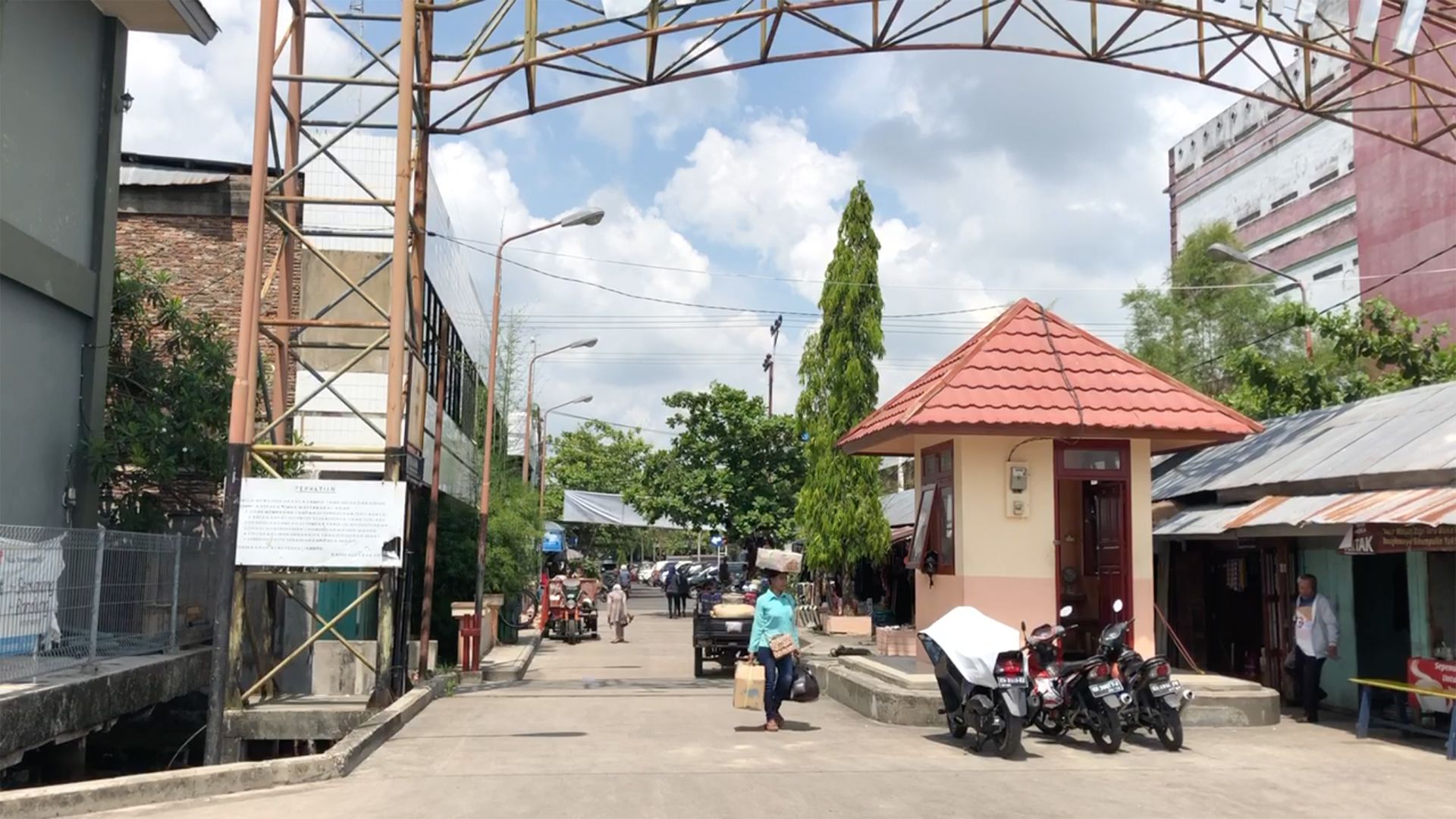
Young people from Mendawai travel to the palm oil plantations around Sampit for work, while older workers stick to the plantations closer to home. From space, even when the surrounding areas are not engulfed in flames and smoke, the Katingan zone stands out — an island of dark green in a checkerboard sea of brown palm oil parcels.
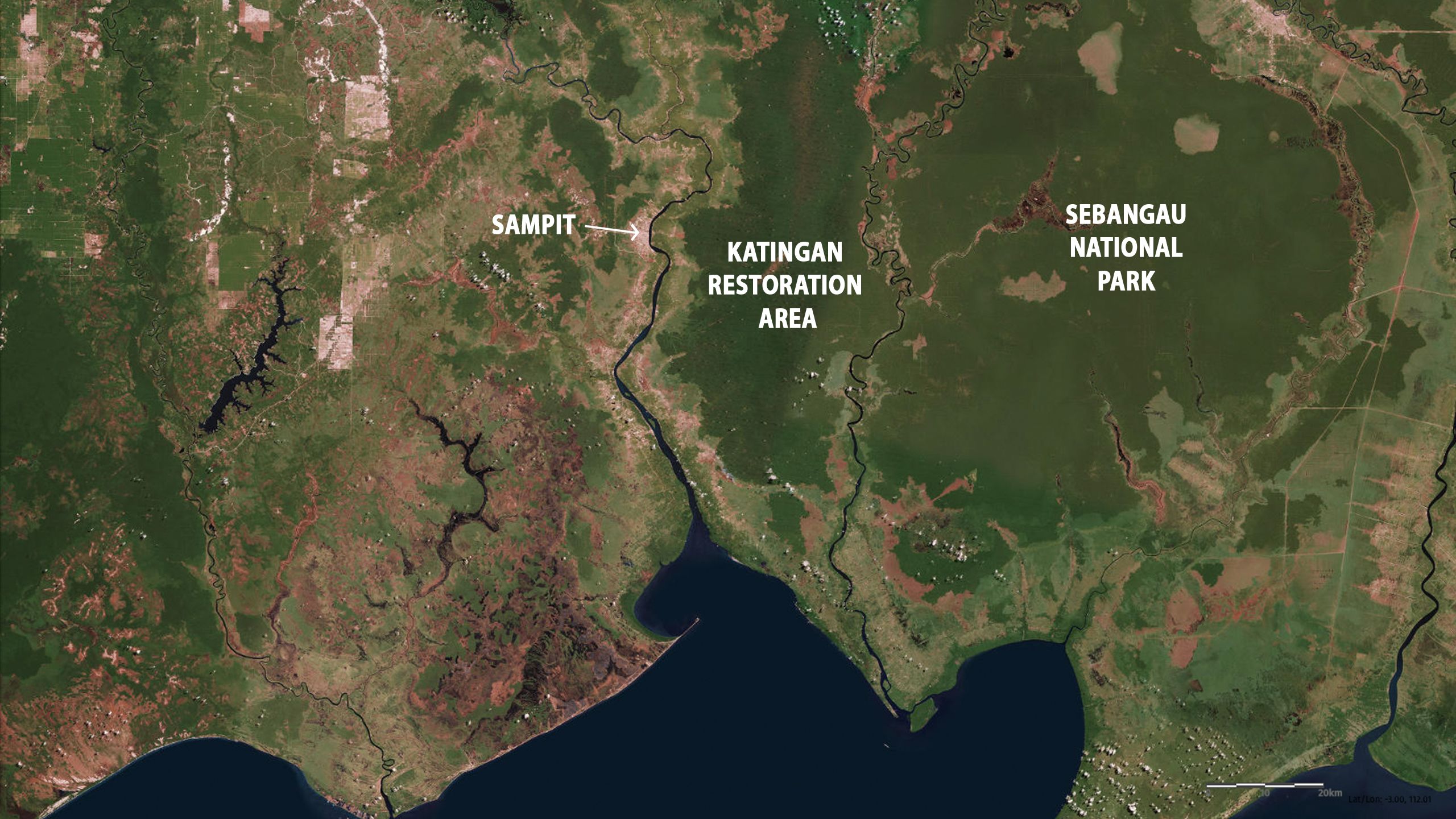
Climate negotiators use the term “leakage” to describe conservation efforts that manage to protect one area from deforestation, only to see the harmful economic activity they have prevented in one area relocated somewhere nearby. It is why REDD+ was never conceived as a solution that could operate on a project-by-project basis.
“The future of REDD+ is going to have to rely on credible plans and effective implementation on the part of national and subnational political leaders, within which project-scale interventions like the Katingan project can nest,” Seymour said.
“It also requires the kind of scale of finance directed to a district, a province, and a country that is meaningful enough to get the attention of political leaders to make it more likely that they would shift from business as usual to a new way of managing the landscape,” she said.
Frances Seymour, Distinguished Senior Fellow at the World Resources Institute.
In February, Norway’s Minister of Climate and Environment Ola Elvestuen announced that his government will deliver its first payments to Indonesia under a REDD+ deal struck nearly a decade ago, which pledged up to $1 billion in performance-based payments in exchange for reductions in Indonesia’s emissions from deforestation. In 2017, the country demonstrated a 60% drop in primary forest loss compared to the year before.
It is too early to say whether that marks the beginning of a hopeful trend or an aberration, but it could offer some positive reinforcement to Indonesia’s policymakers — and to the people still betting long on the value of forest conservation.
Reporting, photos and video: Michael Igoe
Production: Naomi Mihara
